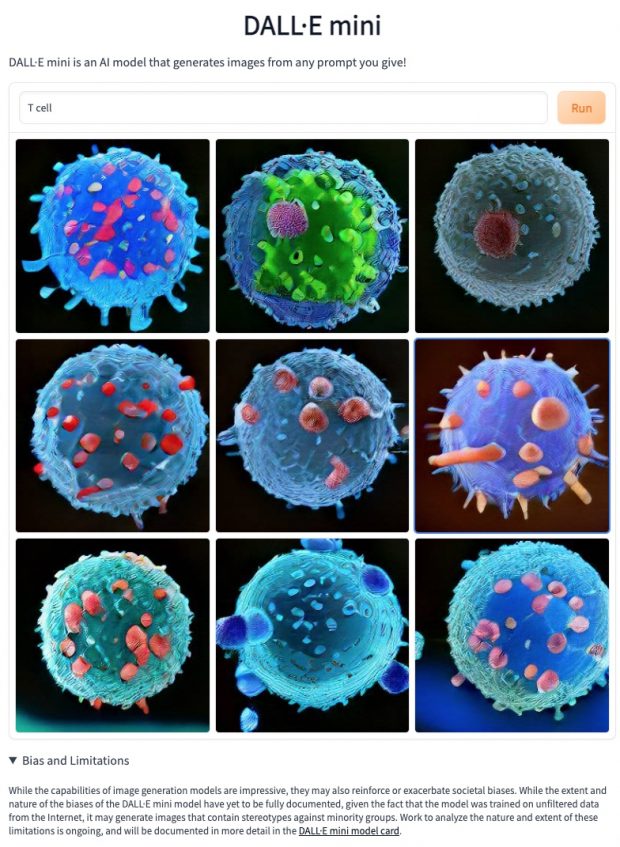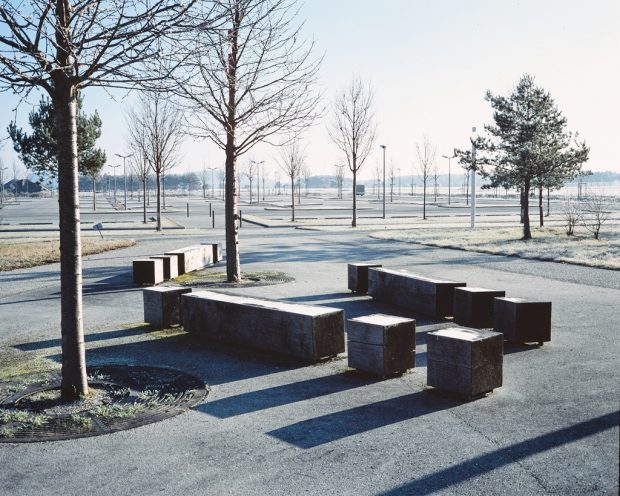part I
(sound is poor)
part II
part III
part IV
TBC
part I
(sound is poor)
part II
part III
part IV
TBC
It has been mentioned many times before and has been even officially published by COPE
Science is either replicable or not. If not, it should be corrected. If faulty or fabricated, it should be retracted.
Continue reading Papers that should have been retracted, not corrected
Doing now another image integrity study, I fear that we may already have the deep fake images in current scientific papers. Never spotted any in the wild which doesn’t mean that it does not exist…
Here are some T cells that I produced this morning.

I found only one relevant blog post about PDFs produced by scientific publishers.
Although PDFs are the main formal output nowadays (no more “papers”) there is basically no standardization which meta data should be included in scientifc PDFs. It’s largely due to the software in the production office what’s in the PDF document — a largely underused resource.
This is at least my experience when working on an image duplication pipeline in scientific papers. But test it yourself ….
I frequently find the PubPeer excuse of compression artifacts in doctored images.
So lets have a look at that issue using the jpegoptim (manpage) and also jpeginfo (manpage). These are the usual effects
Now let’s have a look at the compression artifacts in descending quality (BTW this also good exercise for the upcoming 125kB Content Upload Filter, I am therefore adding filesize also)

I am summarizing here some rules what consists of acceptable image use in scientific publications (Rossner 2004). Pioneers in the field have been the Journal of Cell Biology (J) but also Nature (N) and EMBO Press (E). Here are 10 rules:
These are general rules only. Specific rules exist for electrophoretic blots and microscopy (N). Additional points
As a further reference see also the Word Press Photo rules.
Postscript 4 Jan 2022